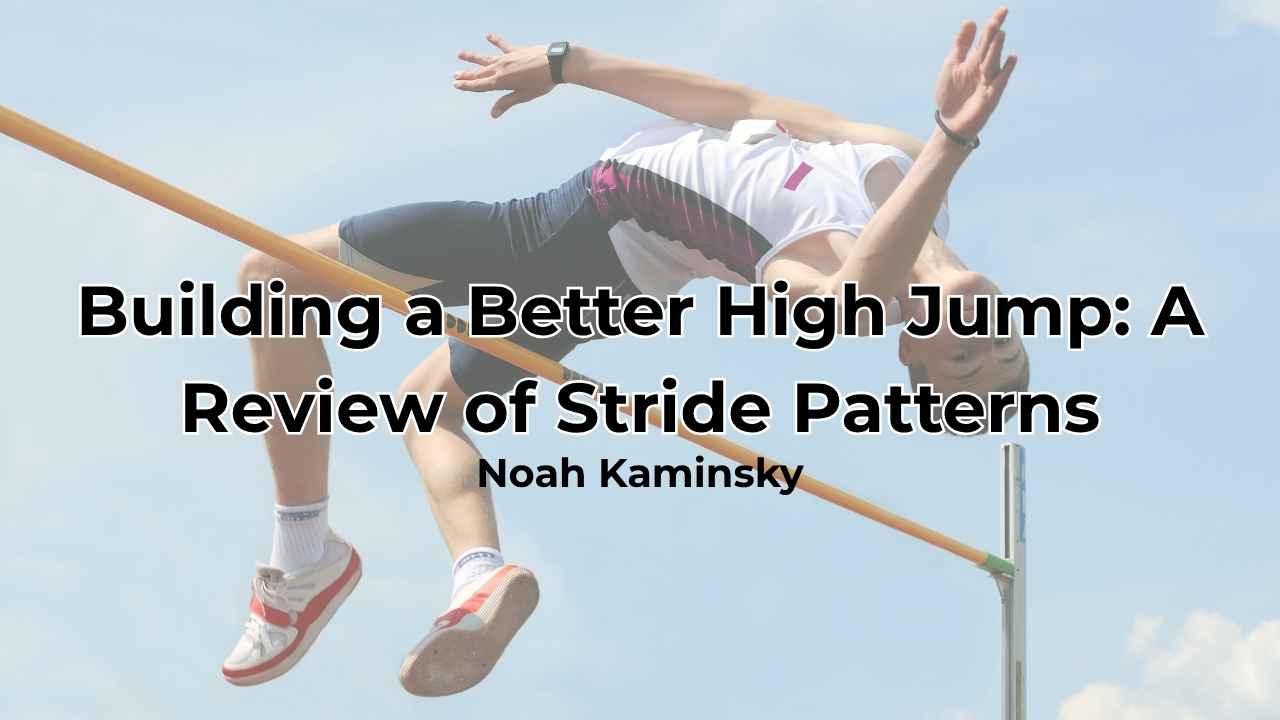[mashshare]

Perhaps the most haphazardly tossed around term with athletes is “explosive,” as both the coach and casual fan label talents with it. Explosiveness sounds great to the ear and to the ego, but it’s also very easy to claim the quality without assessing it properly. In addition to measuring explosiveness, training the strength characteristic is even more of a crapshoot, since it is difficult to manage the very limited science and practice.
If you want to build better athletes, it is necessary to learn the neurophysiology as well as the coaching needs with explosive training. In this article, I will outline the most pragmatic ways to improve explosive strength with the more demanding sport science available.
What Is Explosive Strength Really?
Even today, explosive strength is just a buzzword, because no true standard exists to indicate an athlete can express a lot of force rapidly. The ability to jump high or squat heavy isn’t really a clear measure of explosiveness, and coaches sometimes use the rate of force development (RFD) definition interchangeably with it. To keep us all on the same page, here is my own personal definition.
Explosiveness is the ability to express an advanced level of strength in a short time frame.
There are two important qualifying points on this definition. The first is that I don’t use the terms “early” or “beginning” for many reasons. RFD is usually thought of as a close proxy for explosiveness, because both are similar with rapid rises in force, but the keyword “development” is the main differentiator. When you picture it, RFD is usually pictured at the start of a muscle contraction, and while it’s nearly the same concept, explosiveness doesn’t have the restriction of development of strength, just a rapid rise in additional force or power.
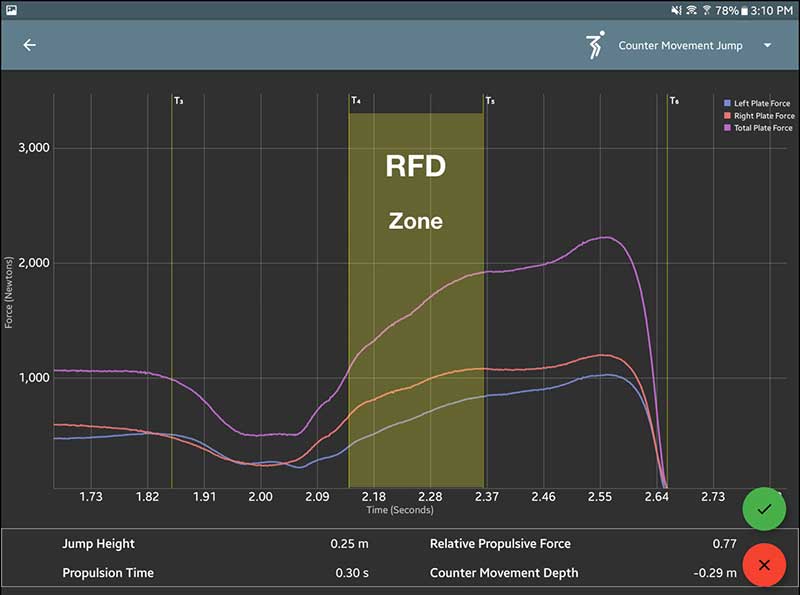
It’s a good idea to know the similarities and differences of explosiveness and RFD. The best example I can give to a coach familiar with squat jumps and Olympic lifts from the floor is that the second pull may have a burst of explosiveness after the bar passes the knee, but it could have great RFD during the initiation of the movement. Squat jumps are different—they must deliver as much force as possible, as fast as possible.
Technically speaking, the rate of force can be measured after initiation, but RFD is extremely sensitive because the time frame is milliseconds. This is such a thin amount of time that most tests and assessments are invalid. Even with a force plate, explosive abilities require huge resources and expertise to tease out what is happening, and only if the procedure is airtight. RFD alone is nearly useless without seeing the entire event and knowing how force and time connect in context.
Is Explosiveness Genetic or Is It Trainable?
Due to the fact that the 100m dash is so widely covered every Olympics, people perceive reaction time and explosive strength as genetic. What we do know about explosive strength and how it’s developed is from the research on rate of force development. While the measurement of RFD is controversial, we know that several factors outside of training contribute to RFD and similar measures.
It’s safe to say that both genetics and training play a role in how explosive someone is, but remember that explosiveness doesn’t mean you have speed and having speed doesn’t mean you are explosive in every activity. Explosiveness is very specific, and having great starting strength doesn’t mean you will have great maximal velocity characteristics. Each sport and each movement has a unique profile of strength and speed elements, and just having better numbers in an isolated time frame may not mean better performance.
Explosiveness doesn’t mean you have speed & speed doesn’t mean you are explosive in every activity. Share on XThe genetic side of explosiveness is mainly due to the muscle architecture and the fiber composition of the body. Some gray zones and less-researched areas of the neurological and bone structure of specific joints exist, but the build of a body is very influential to the generation of rapid forces. As more and more research is published, we are starting to understand why even the smallest biological differences matter when small time frames are involved. Long, tall, and short body types, as well as coordinated and fast nervous systems, are all great advantages, and some athletes respond very well to training or are very stubborn and require more dedication to improve. Training should mirror the gifts and limitations of an athlete’s DNA, which is the reason coaching and testing matter.
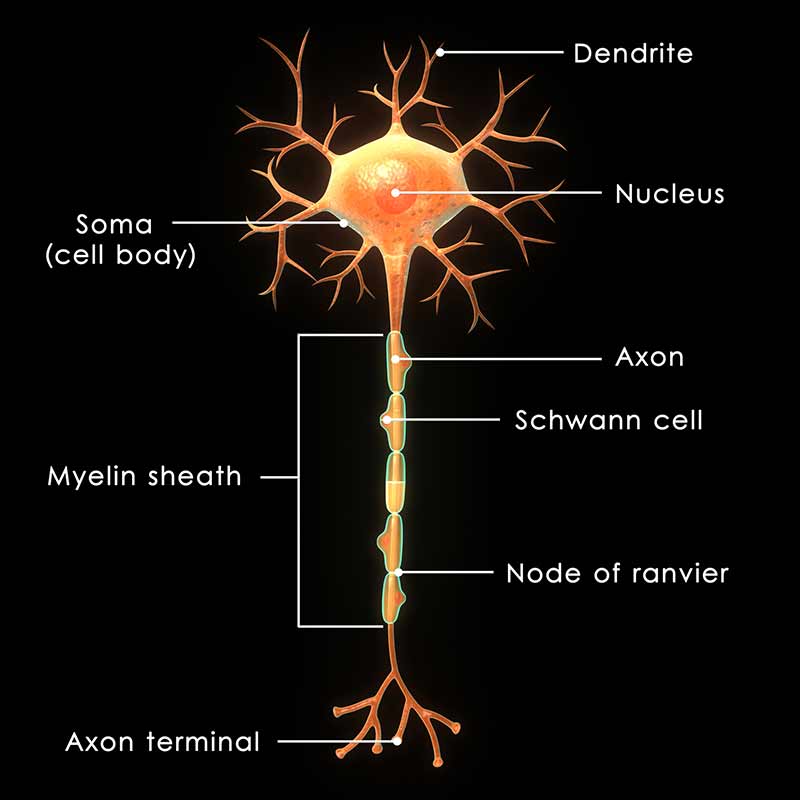
Most coaches want information on training to improve explosiveness, but this is where things become very murky. Some of the research studies contradict each other, and many studies don’t align changes in explosiveness, power, strength, or even RFD with improvements in performance. The best example of this is Usain Bolt having less vertical force and longer ground contact times than Tyson Gay, but the work done through the hip was due to Bolt’s great relative ability to produce specific force with a long femur. Bolt’s contact length—the distance away from his center of mass upon footstrike—is extremely productive, thus creating faster horizontal speeds. Many tall athletes have great peak limb velocities, while some shorter athletes have great rates of force development because of their training and anatomical gifts.
Like power, rate of strength only matters if the athlete has a sufficient strength level to begin with. The same law or principle applies to RFD and explosiveness. On the other end of the spectrum, besides maximal strength stiffness and rapid generation of strength, improvement can come from ballistic training where rapid rates of force are ingrained into the nervous system. Adaptations require long periods of high-quality work, and explosiveness in one feat with an athlete may not carry over in all areas, as mentioned before. The amount that the central nervous system globally or systemically plays into explosiveness compared to local adaptations is yet to be determined.
The Importance of Rate of Force Development Science
Surface EMG, force plates, and now research-grade accelerometers can all capture the neuromuscular forces and their effects on explosive exercise. As of today, we are still at the midpoint of moving away from laboratory testing into practical field tests, because even the simple jump tests with force plates are extremely limited and coaches struggle to properly measure explosive qualities. The amount of accuracy and precision is not the case, as plenty of instruments sample at 1000Hz, but the key is ensuring the measurement is valid and can be repeated over and over. Most of the studies that demonstrate RFD still use a dynamometer in isolated movements like leg extensions, or use very controlled movements like the Isometric Mid-Thigh Pull (IMTP), a popular test internationally.
Without oversimplifying explosiveness, a key quality is its ability to produce great force quickly. Share on XI must repeat that a valid test requires a true representation of a quality and the ability to test it without complications or motion variability. The better the construction of the test, the more likely RFD measures will matter, provided that RFD metrics actually demonstrate an advantage or a way to improve performance. The need to see a holistic cause and effect, without a compromise in the entire performance, is the reason improving one quality may not yield a better outcome.
Without oversimplifying explosiveness, a key quality is the ability to produce a lot of force quickly, specifically during the initiation of movement. Some athletic tasks are about anticipating or reacting, so the starting strength of many exercises are not the end-all and be-all. Still, the requirement to develop rapid rises in force is often limited to early phases or time frames of sport actions.
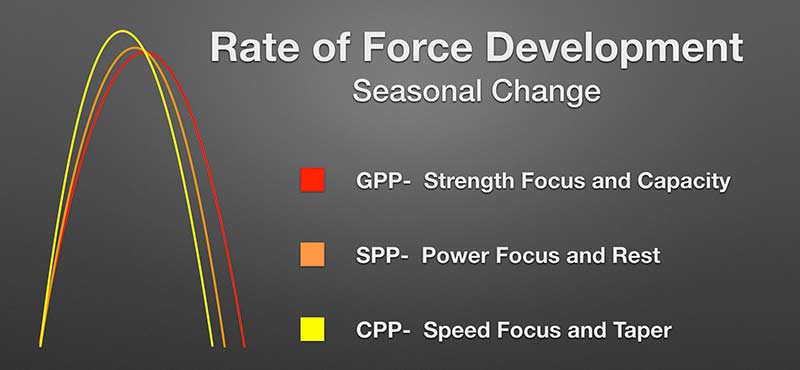
Five popular RFD evaluation techniques exist, some of them low in value, and some more promising but still not yet there. One metric, the Index of Explosiveness, is extremely overrated, as it’s just lazy math. While it sounds sexy, it’s just an average of the time it takes to get to peak force. Average power or average velocity has the same problem in VBT, but it’s still relevant for some basic feedback options with beginning athletes.
Instantaneous RFD is a super-thin slice of millisecond-by-millisecond sampling, and is very susceptible to artifacts and bogus evaluation. The only value here is getting the raw data, looking at the entire event, and doing manual or advanced statistical analysis with software.
Time-interval methodologies take a direct force or velocity (estimated) of an event and then split the values into segments of time starting at zero and usually finishing near the 300-millisecond range. Some split by 50 milliseconds, some by 100, but we are starting to see some ideas that split into milestones of events that matter, instead of arbitrary intervals. Force produced at short time periods is usually unweighted, like sprinting or jumping, but for some reason coaches want RFD of exercises, not sporting actions.
Two options, Time to Peak RFD and Maximal RFD, are more intelligent ways to evaluate the entire curve of force/time expression, but are not reliable because the nervous system is highly variable when testing subjects. I personally believe ground contact times during speed events in sport should use the measures, provided they include the responses of other parameters. Just measuring time to peak RFD and having a short ground contact time may not mean an athlete is being efficient or even effective if they are not leading in outcomes like speed or jumping ability.
RFD and explosiveness can be seen easily with heavy loads and extreme levels of development, like a freshman football player maturing to a senior in college. Benching 140 kilos and 180 kilos maximally, respectively, usually means a submaximal load is flying, but like my earlier cluster article , sometimes-specialized training will make a difference with elite levels. Faster events—again usually unweighted—require careful extraction and conclusions must be conservative.
Methods to Improve Athlete Explosiveness
Modalities and planning are the primary players in improving an athlete’s explosiveness. Several studies have looked at commonly used exercises or modes of training to get athletes better in their ability to apply forces rapidly. A mixed-method approach usually works best, and force-velocity profiling, while popular, is not synonymous with RFD or explosiveness. From the science, it seems that only traditional resistance training, accommodating elastic, and ballistic training help develop explosiveness, but it’s likely that specific speed training and some high-level plyometrics work, too.
Highly trained, as well as talented, athletes need very demanding work to change both the neurochemistry and the muscle architecture, but too much loading will backfire. The research indicates that the hypertrophy of the slower fiber types isn’t helping athletes, and too much fatigue will flatten the RFD qualities. Nobody knows whether hormonal factors such as cortisol may play into explosiveness, but the new research on neurotransmitters and fiber adaptations hints that rest and recovery are the biggest allies to RFD and explosive abilities.
Eccentric and concentric activities are still a bit foggy in terms of their influence on RFD, as eccentric loading does have specific adaptations that can decrease injury, but potentially interfere with rate of force development. Dr. Blazevich, a muscle architecture pioneer, has studied the effects of tissue changes on fascicle length and RFD. The changes in fascicle length decrease early RFD, but that is because of the mechanical changes to the muscle. It’s not that eccentric training is a negative adaptation, it’s just that added length means added time when involving RFD.
Isokinetic and isoinertial training is not investigated enough to suggest that those two modes of resistance can make or break RFD, but some theoretical ideas exist for ballistic actions showing promise. Any mode of training that helps increase maximal strength will help RFD and explosive strength early, but later in development rate or contraction, velocity is paramount. Far more athletes can squat twice bodyweight than can jump over half their body height or run the 100m under 10 seconds.
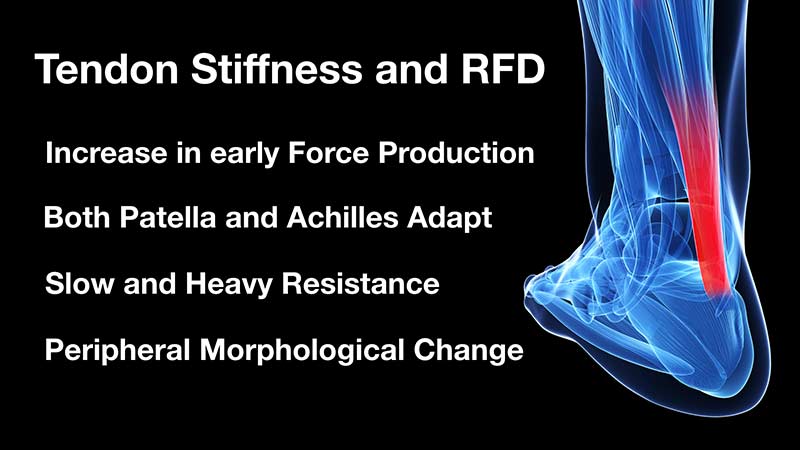
Tendon adaptations are not sufficient to make dramatic changes in RFD with all athletes, but connective tissue at the aponeurosis, as well as joint angle specific stiffness, will improve explosive action. The old saying that you can’t shoot a cannon out of a canoe is popular, but as the boat becomes more stable you can shoot some impressive guns if designed right. Plyometrics are strong possible leads to stiffness and tendon changes at the connection point of the muscle systems of the leg, but the studies available are not with high-level athletes. Medicine ball throws may help, along with jump squats and other modes, but only if rest periods are carefully accounted for to allow higher outputs in speed and power.
Field Tests of Explosiveness: Are They Good Enough?
Two testing paths exist for explosiveness, one conventional laboratory option, and the other what I call the “enhanced field test.” Obviously, the need to get quality data matters, but the workflow and training of RFD modalities must be preserved when time is precious. Good field testing doesn’t just provide clear data; it also serves as a very straightforward workout for coaches. For example, some measures of RFD are very specific and accurate, but nobody would ever use them in clinical settings or in training environments as they are cumbersome and deliver little to no training effect.
Some tests are a mixed bag, like the Isometric Mid-Thigh Pull. It’s a great test for peak forces, but requires a lot of motivation and careful set-up to provide time interval values of RFD. What we do know is that some studies indicate that having great RFD in an isometric bilateral leg exercise had some connection to sprinting speed in the group tested, but it doesn’t appear to be the case with other RFD studies. Some studies show a relationship with isometric contractions, but nothing that pops out better than conventional squat and jump tests.
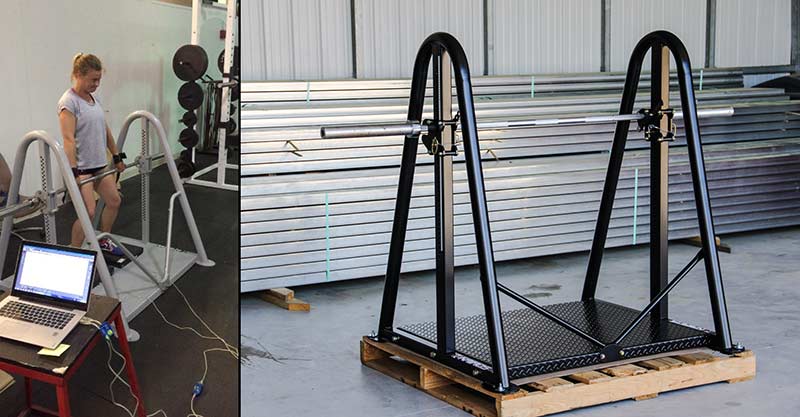
I believe that a narrow strength quality isn’t a running test—it’s simply a way to evaluate what the athlete has and detect changes. Dynamic and isometric tests do have similarities, but they are not great training options because nobody uses the IMTP to get better RFD; they use the test to see if they are getting improvements in RFD. Since the safety and simplicity are so high, the IMTP test is growing in popularity again here in the U.S., but Australia and other countries have remained constant with interest. Using the IMTP does not create a favorable potentiation effect that we know of, even in conditioning tests; this is likely due to the lack of eccentric or dynamic qualities. Because of the joint-specific positioning and repeatability, the IMTP is useful to get force and time measurements easily and reliably.
Olympic lifts, such as the snatch and clean as well as the jerk, all have technical demands and limitations that make explosive testing a coin flip in value. The exercises only have carryover to gross explosiveness if the technique is highly repeatable and the loads are sufficient. The Olympic lifts have great speed, but the loads do slow down the exercise, so that even peak power or peak force are still not approaching lower load movements. Testing peak power, by itself, isn’t a true game-changing metric, but it will clue a coach into the way loads are trending relative to body weight. Testing lifts above the knee and from the floor will indicate how full and partial mechanics accelerate the load, or help a coach decide to use a variation that provides more stimulation value.
Jump testing, specifically the countermovement jump, has surprisingly poor retest reliability with measures of peak rate of force development. The reason is that CMJ tests, while designed to help minimize variability by removing arm contribution, still have enough athlete technique differences to make it difficult to use. Even a measure similar to RFD—time to peak force with the squat jump, the movement that is perhaps the simplest jump test available—has poor retest reliability. Athletes will find a way to perform a task well, and will use different movement strategies that are barely perceptible, even with instrumentation. RFD is unlikely to yield benefits with jump tests without looking at the entire force-time curve or other factors.
Bar Speed and Ground Contact Times and Explosiveness
Readers of this article who have VBT tools or use infrared grids like the Ergotest line will want to know where contributions in performance come from, such as RFD metrics or general explosive strength. The three most popular ways to test and train for rapid applications of strength are in the weight room and on a track. The track is usually about direct speed testing and jump testing, while the weight room is usually for looking at submaximal loads and bar velocities.
In reality, peak velocity is not a sign of explosiveness, since peak bar speeds without triangulating time and context are just numbers in a vacuum. Many tall athletes can create fantastic peak velocities because they have time and distance to work with, but the early speeds are usually below par. As I mentioned earlier, body types matter. Therefore, in order to see a comparison fairly, it’s important to look at the starting speed and force acted on the beginning of the movement.
The reason that average bar speed compared to peak is so popular is because the closer the ratio, the more likely an athlete has great RFD. Bar Sensei has POP-100, or the velocity at 0-100 milliseconds, but the measure is only useful when the procedure accounts for joint angles and is racked properly. As technique on tests improves, it’s more likely an RFD proxy will be accurate enough to benchmark.
Peak velocity is not a sign of explosiveness. Share on XGround contact times are not measures of RFD or explosiveness, but if combined with timing gates and measures of distance, they can be insanely useful for coaches looking for a cause and effect with specific training. Nothing beats direct speed testing, as no interpretation or extrapolation is required when analyzing transfer. If you add contact times, it can explain whether the changes in speed and/or forces in that time frame are helping to improve the performance. While conjectures are most likely made when there’s no high-speed video, simple tables or records should indicate how much propulsive benefit the contact times are making with sprinting.
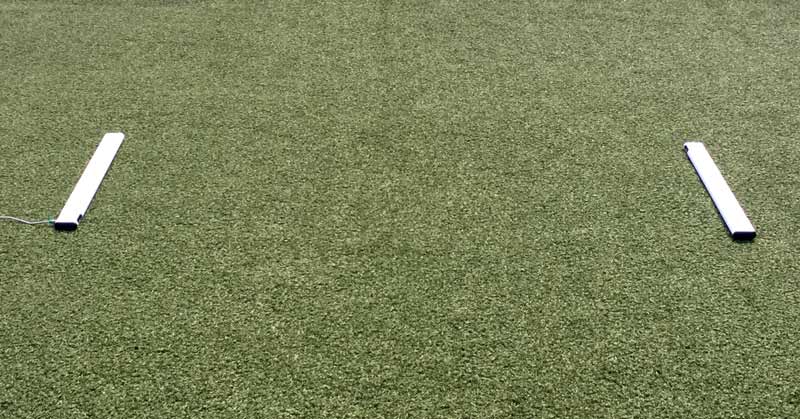
Contact times with plyometrics are less direct but still extremely valuable. Most plyometrics are about redirecting momentum or decreasing contact time by learning to apply more force into the ground faster. Plyometrics can be useful modalities for general explosiveness, but only if sufficient levels of eccentric strength, skill, and even tendon strengthening are done beforehand.
Without projection of center of mass measurements, it’s possible to cheat vertical jump tests with regard to displacement readings with contact mats or grids. You can’t cheat speed horizontally or tests that require a combination of contact times and flight times to be within certain ranges. The reactive strength index, along with single leg tests, can be great tests to show how RFD is either helping or holding an athlete back from being ballistically elastic.
Program Smarter With Applied Science and Coaching Wisdom
The menu of exercise modes and the lack of long-term periodization evidence of explosive strength development are the reasons science and art are driving and navigating together. Developing transferable levels of power in short windows of time means coaches must have a combination of creativity and science in order to pull off athletic marvels. Having a better grasp of the science and a wiser feel for training can help the most stubborn genetics get better and make the talented athletes achieve their expected performances.
Since you’re here…
…we have a small favor to ask. More people are reading SimpliFaster than ever, and each week we bring you compelling content from coaches, sport scientists, and physiotherapists who are devoted to building better athletes. Please take a moment to share the articles on social media, engage the authors with questions and comments below, and link to articles when appropriate if you have a blog or participate on forums of related topics. — SF
[mashshare]

